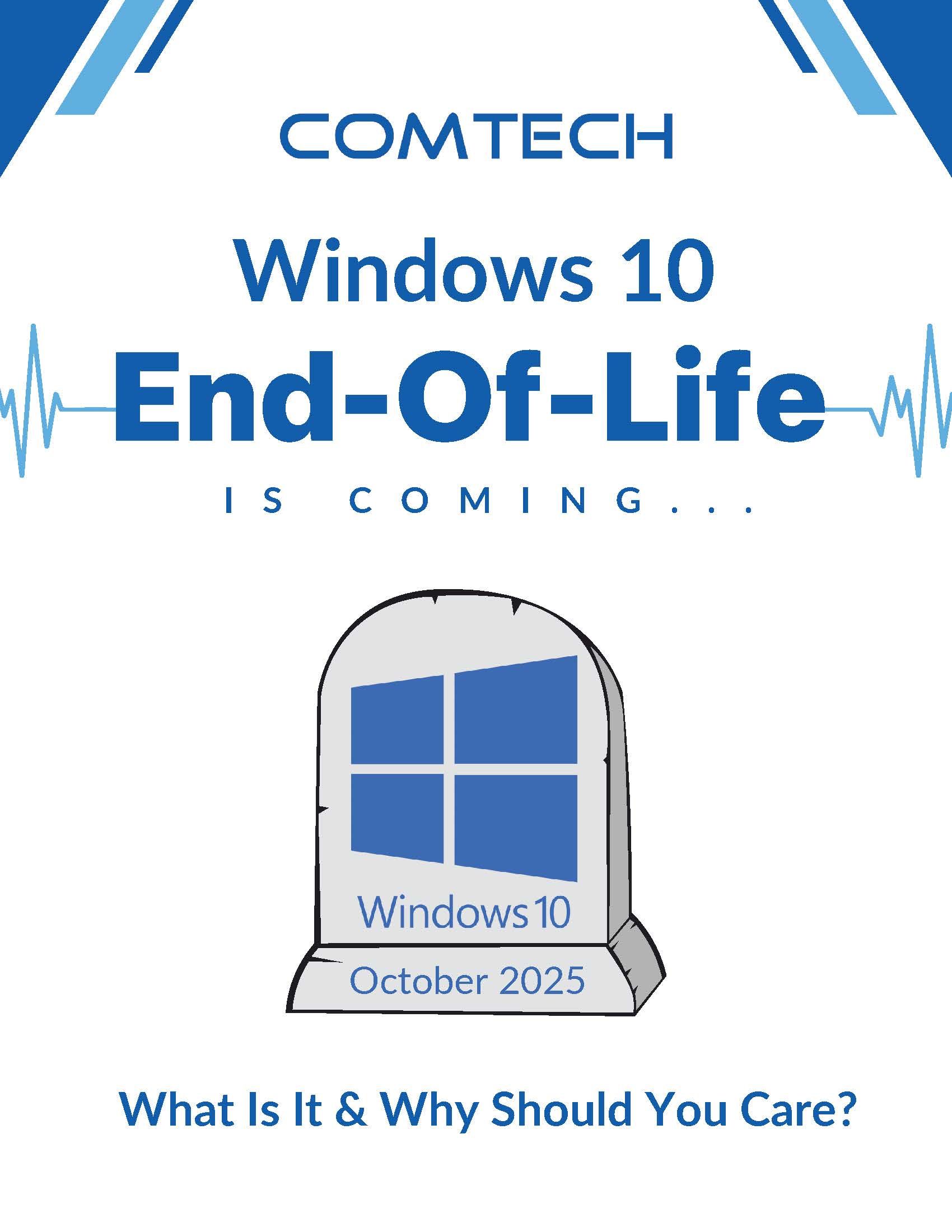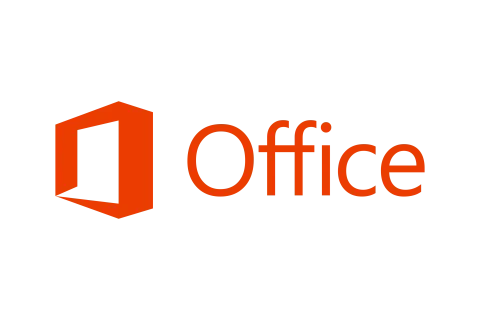Understanding the life cycle of a phone system is crucial for your business. Ethan is asked often how long business phone systems last. This post explores the differences between traditional phone systems and modern cloud-based solutions, helping you determine the best time to upgrade your phone system.
Read (or watch) below as Ethan shares the timeline for you to upgrade your business phone system.
Traditional Phone Systems
Years ago, businesses would invest in a physical phone system—a large, often expensive piece of equipment housed in the server room. These systems were specifically designed for business use and typically could be $10,000 or more. The investment, however, was a one-time expense, and the system was built to last. On average, these systems had a life expectancy of about 20 years.
In addition to the central phone system, businesses also purchased physical phones for each user. These phones also had a long-life span, typically lasting 10 to 20 years. However, the average costs of these phones range from $400 to $500 per device. On top of these initial costs, businesses were also responsible for an ongoing monthly phone bill, which covered the cost of the phone lines. Typically, the phone provider who sold the equipment would also manage the service, acting as the service provider, like Spectrum or AT&T.
Transitioning to Modern Systems: The Cloud-Based Approach
Today, most businesses have made the transition from physical phone systems to cloud based - VoIP Phone Systems. This change offers several benefits, not the least of which is cost savings. Instead of facing a large upfront expense—ranging from $10,000 to even $100,000—businesses can now pay a small, ongoing monthly fee to access a cloud-based system that never expires. This shift provides flexibility in managing communication.
One of the key advantages of a cloud-based phone system is that it never physically deteriorates. Unlike traditional systems, where a single component failure could require expensive repairs or even a full system replacement, cloud-based systems can be easily updated, upgraded, or reconfigured as needed. This adaptability not only reduces costs but also ensures that the phone system can evolve with the business's needs.
The Changing Face of Phone Equipment
Phone equipment itself has also seen a dramatic transformation. In the past, businesses had to purchase expensive physical phones, which could cost anywhere from $400 to $500 each. Today, the cost of high-quality phones has decreased significantly, with many models available for as little as $50 to $200, depending on the features you need. These modern phones offer the same life expectancy—10 to 20 years, but at a fraction of the cost.
Another significant improvement in modern phone systems is the flexibility they offer. Previously, if you had a Cisco phone system, you were locked into using Cisco phones. This limited choices and often increased costs. Now, with modern VoIP (Voice over Internet Protocol) phone systems, businesses are not tied to a single brand. Whether you're using Yealink, Polycom, Grandstream, or any other brand, if one manufacturer goes out of business or if replacement phones become unavailable, it's easy to switch to another provider without disrupting your service.
Understanding the Costs
Whether you have a traditional phone system or use a VoIP cloud-based system, it is important to understand when to upgrade and what is the cost. Here's a breakdown:
Traditional Phone System:
- Initial Hardware Investment: $$$
- Physical Phones: $$
- Ongoing Monthly Phone Bill: $
Modern Cloud-Based Phone System:
- Initial Setup Cost: $
- Physical Phones: $
- Ongoing Monthly Service Fee: $
Join Us at CONNECT 2024
If you are a North Carolina office manager or Business owner and you haven't registered for CONNECT 2024 yet, now is the time! This event will be both informative and inspiring! This free event is your opportunity to learn from big-name speakers about everything from AI to cybersecurity to leveraging your existing tools more effectively.
Register today, and let's make the final push toward the $50,000 goal together!
Traditional phone systems required a large one-time purchase and offered a life expectancy of around 20 years. Modern VoIP phone systems, on the other hand, offer a small upfront cost. The phones themselves have the same 10 to 20-year life expectancy, but the system will run indefinitely as long as it's in the cloud. If you're considering an upgrade or simply want to learn more about the options available, feel free to reach out. We're here to help you make the best decision for your business's communication needs. https://comtechnc.com/contact-us
Windows 10 End-Of-Life Is Coming:
What is it & why should NC businesses care?
FREE DIGITAL GUIDE

Download this FREE report now to find out how these cutting-edge solutions can save you time, streamline operations, and give you a competitive edge.

How can I buy Microsoft Office?
I get this question quite often and rightfully so. There are many ways to purchase Office and they can be confusing. Depending upon your situation one method may be better […]
Dangers of Public Phone Charging
Power jacks in public places can be dangerous. Learn how to protect yourself against “juice jacking”.

Dangers of Public Phone Charging
Power jacks in public places can be dangerous. Learn how to protect yourself against “juice jacking”.

Our Locations
-
Graham HQ
1204 South Main Street
Graham, NC 27253
(336) 570-9409 -
Greensboro Office
101 South Elm St., Ste. 19
Greensboro, NC 27401
(336) 439-6737
-
Raleigh Office
555 Fayetteville Street Suite 300
Raleigh, NC 27601
(919) 647-7677 -
Charlotte Office
101 S. Tryon St., Ste. 2700
Charlotte, NC 28280
(980) 987-2440 -
Wilmington Office
226 N Front Street #100,
Wilmington, NC 28401
(910) 342-8442



